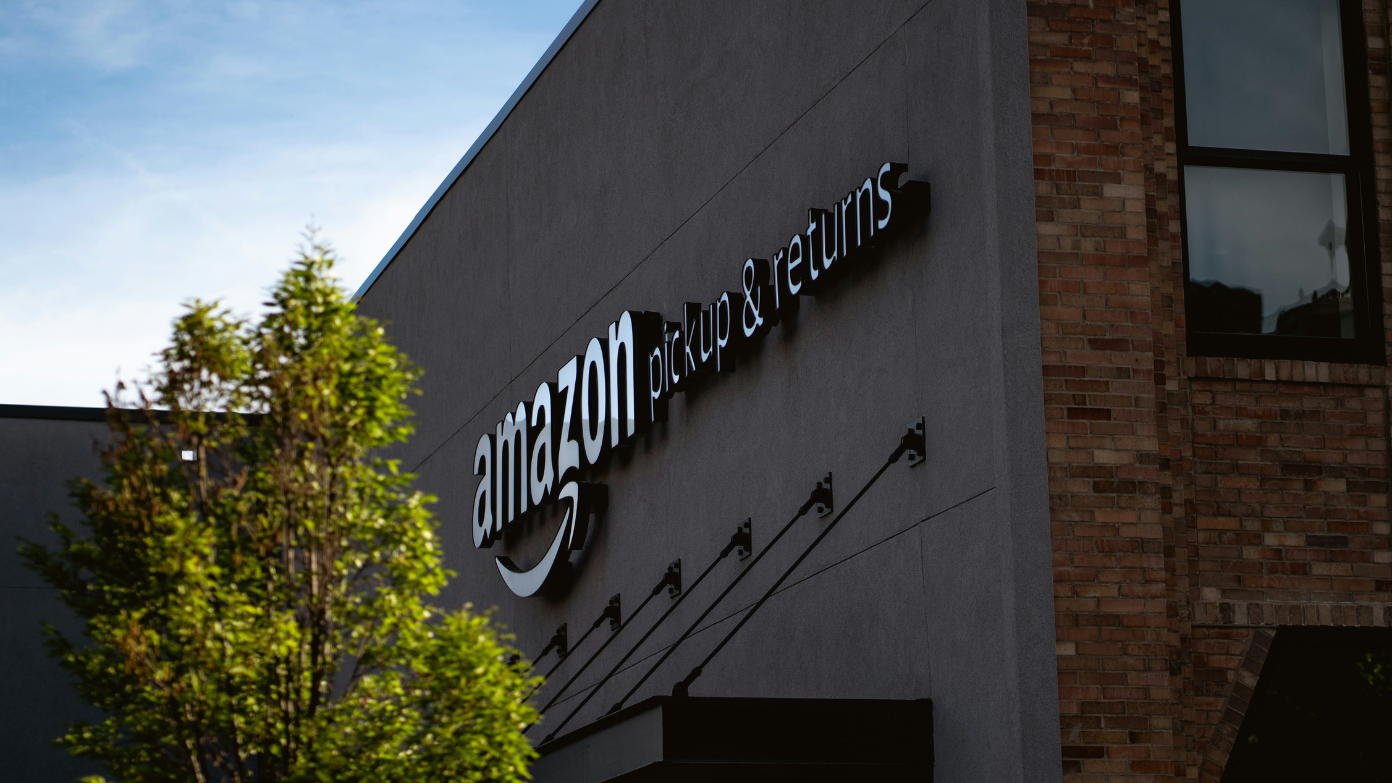Amazon has shaken up the small home market with its new $40,000 foldable, wheeled mini homes. With promises of affordability and portability, these prefabricated structures might seem to be the epitome of simplicity, but a closer look reveals complexities beneath their futuristic sheen. Here is what buyers need to know about these compact homes.
Design and features: Redefining compact living
The $40,000 model, with prices running from $7,900–$50,000, pairs minimalist design with functional spaces.
- Foldable walls that open up from 8’x20′ to 16’x20′ when delivered.
- Pre-installed electrical systems with outlets and LED lighting.
- Wheeled chassis for easy relocation, although towing requires a heavy-duty vehicle.
- Optional add-ons like solar panels, composting toilets, and fold-out furniture.
Higher-end models come with two-story designs, rooftop decks, and stainless steel exteriors, while the cheaper ones make do with basic insulation and aluminum frames. Most do not come with plumbing, and owners must install septic systems or use portable facilities.
Affordability vs. Hidden costs
While Amazon lists prices starting from $7,900, a few extra expenses hit the buyer:
- Shipping: A few models are free. Others start at $3,000–$10,000 for freight from China-based companies such as Puzz Hong.
- Permits: Zoning laws classify many such structures in U.S. states as “temporary shelters.” Free-time residing requires an estimated $1,500–$5,000 in permits.
- Utilities: Plumbing, HVAC, and solar systems—those starter kits alone can tack on $8,000–$20,000.
As one Reddit user summarized: “A $7,900 home becomes $40,000 after upgrades and permits”.
Real-world use cases
Early adopters repurposed these units creatively:
- Airbnb ventures: Jeffrey Bryant of California bought a $9,000 collapsible unit to rent out, saying, “The plan is to AirBnb it… I just need permits first”.
- Backyard retreats: A Brooklyn mom gushed over the 20’x8′ Mod Pod as a “privacy sanctuary” from family mayhem, though it came without plumbing.
- Off-grid living: YouTube creators showed how to turn a $27,000 two-story model into a livable studio with a kitchenette and loft bed.
Quality is all over the map, though. The $7,900 Puzz Hong model had no confirmed buyer reviews on Amazon as of 2025, forcing customers to use AliExpress listings for specs.
Critical problems and concerns
There are a lot of things wrong with these houses:
- Insulation gaps: Most models have thin aluminum walls not made for extreme temperatures; aftermarket spray foam often recommended ($2,000+).
- Vague listings: Descriptions rarely include weight limits, wind ratings, or material certifications. One buyer warned: “It’s basically a glorified shed”.
- Regulatory hurdles: Only 12 U.S. states permit tiny homes as primary residences without restrictive zoning variances.
- Durability concerns: Chinese-made models often come with 15-year structural warranties—half the 30-year standard for traditional homes.
A viral YouTube exposé showed how a $27,000 “two-story home” had no staircases and functional windows despite attractive renders.
Competitive alternatives
For those leery of Amazon’s offerings, there are alternatives:
- Ezlivin Houses: U.S. built expandable cabins with plumbing/electrical hookups ($22,000+).
- Amish-Built Kits: Handcrafted cedar cabins with 50-year warranties ($35,000–$80,000).
- DIY Container Homes: Refurbished shipping containers cost $10,000–$30,000 plus modification fees.
As Reddit’s tiny home community recommends: “Never buy sight unseen. Visit a model home first”.
The Verdict: Proceed with caution
Amazon’s tiny houses are seductively affordable-a $7,900 base price versus the U.S. median home price of $416,000 but require an onerous research burden. Among the critical things to consider:
- Whether local zoning permits ADUs (Accessory Dwelling Units)
- Adding 50–100% on top of sticker price to account for upgrades.
- Vetting the seller’s reputation-many on Amazon are third-party sellers with limited accountability.
They will hopefully, one day, prove to be viable for off-grid living or rental income as the market matures. For now, they are a high-risk, high-reward proposition best suited for hands-on buyers willing to deal with their limitations.
Read more: Radical change in SNAP Payment in 2025 – These are the beneficiaries that will undergo changes in Food Stamps in these months
Read more: How much will you pay each month for a $3,100,000 mortgage?
